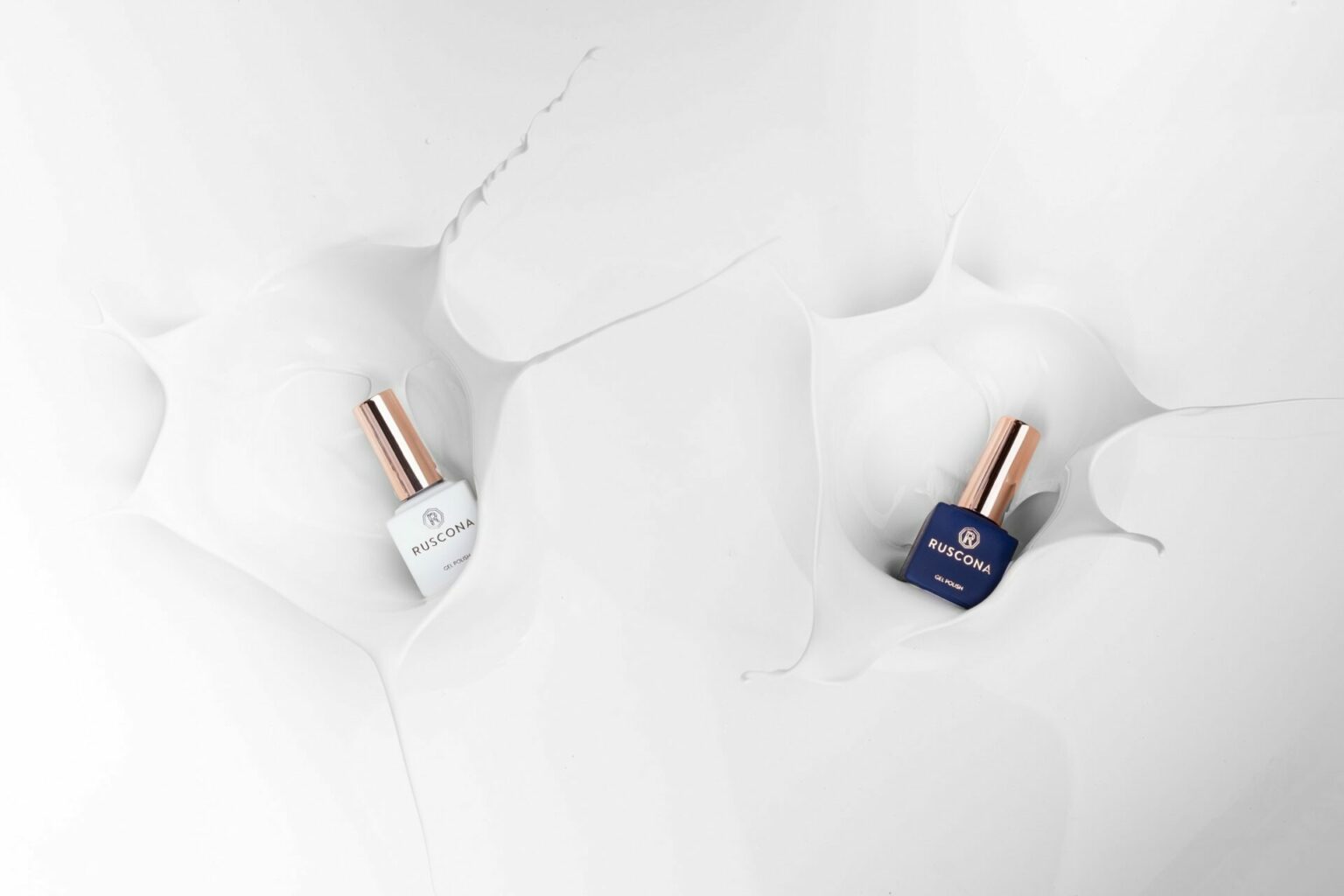The Brief - still life photography of nail polish
For this still life photography project, I was tasked with creating hero images of Nail Polish for a cosmetic brand. They commisioned me to work on several different shots for a range of nail polishes they are looking to market. Again, I was put in charge of coming up with the creative angle and had the freedom to explore and execute the final result. The client was open to any suggestions or ideas, and I had fun putting it all together.
My vision was to keep the design simple yet unique and deeply orientated towards the brand and product on show. Nail polish bottles are generally a small object and require slightly different treatment than, say, photographing a large carry bag. The bottle needed to be centered and close up enough to capture the logo and brand name. Each bottle was cubed-shaped, with a matt-pastel color, the same as the gel nail polish inside. The lids (bottle tops) were long, frosted-gold colored. This color really illuminates the final image and casts long diagonal lines as the viewer follows it up.
The Setup and Using Splashes
As this, nail polish photography, project is not a single image, but rather a series of images, I tried to create something that flows like a story. After brainstorming and running through different ideas, I found a particular genre of still life photography to be most suitable. Splash is the art of capturing liquid in motion. Splash is a classic genre, and it is popular to take splash templates and use them as backgrounds or additions to your image. It does require some knowledge of Photoshop and other editing software to manipulate. I chose to create a splash specifically for this project, and not take advantage of an existing one from other artists. Also, check still life photography on on broken ceramic.
I experimented with several different liquids, from organic to synthetic mixtures. The mixture or liquid needed the consistency and fluidity to fit the brand and idea. Eventually, I settled with a classic, white acrylic wall paint. A water-based solution worked best for this project. Pouring the liquid by hand from a raised position into a container below, I hoped to capture interesting patterns. The setup was a standard white background positioned not far behind the table.
On the table, I had a container to catch the paint as I poured it from above. I repeated this pouring step multiple times until I found some splashes worth editing and merging with the nail polish bottles. The products were shot individually. This particular project required more post-production editing than usual. Software like Photoshop was used to achieve the final results.
Final Result
The client and I agree that the final results of nail polish photography are satisfying. The elegance of the brand complements the creativity and flow of the cosmetic photography. The online community expressed an interest in learning more about splash. As well as, praising the final results. Furthermore, the client originally made me withhold the results until they have rolled out the new marketing material.

FAQs
What is the Splash genre in still life photography, and why did the photographer choose it for this project?
The splash genre in still life photography involves capturing liquid in motion. The photographer chose this genre for the project because it creates an interesting and unique background that complements the brand and product. In addition, the splash technique allowed the photographer to create a series of images that flow like a story.
What kind of liquid was used to create the splash effect, and how was it poured?
The photographer used white acrylic wall paint to create the splatter effect. They poured the paint by hand from an elevated position into a container below, hoping to capture interesting patterns. The setup included a standard white background positioned not far behind the table, and a container on the table to catch the paint as it was poured from above.
What post-production editing was required for this project, and why?
This project required more post-processing than usual. The photographer used software such as Photoshop to merge the splashes with the nail polish bottles to achieve the final result. As always, the editing was necessary to create a visually appealing and cohesive image that uniquely highlights the brand and product.

